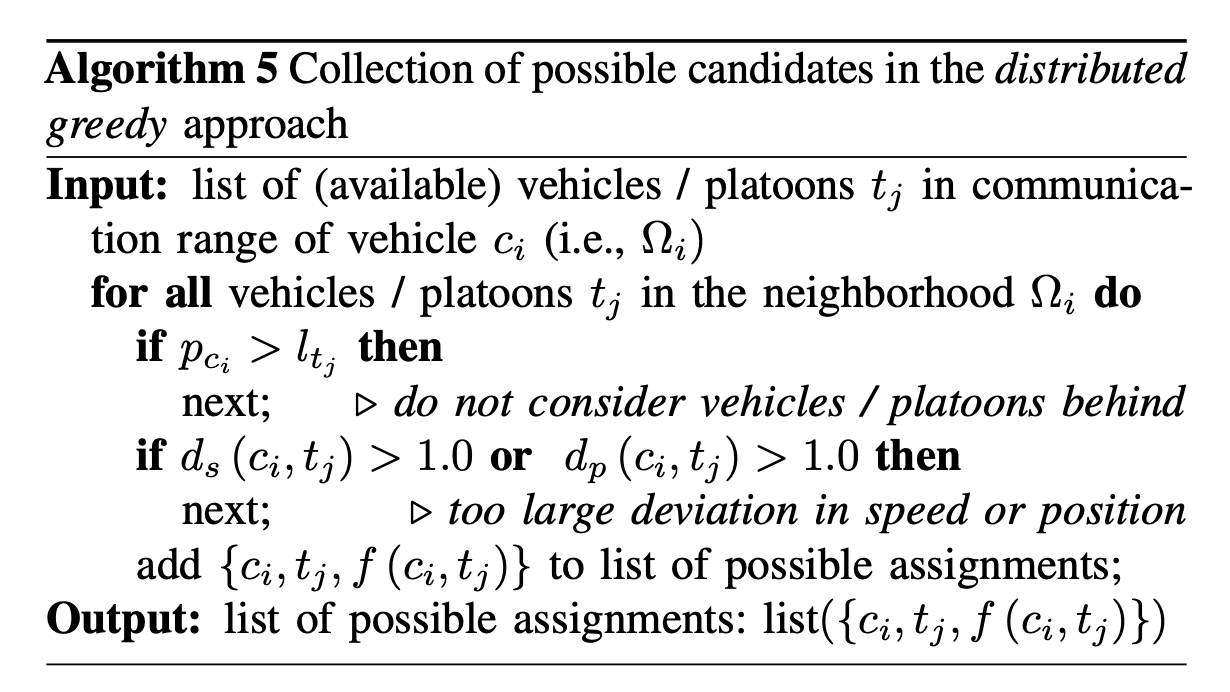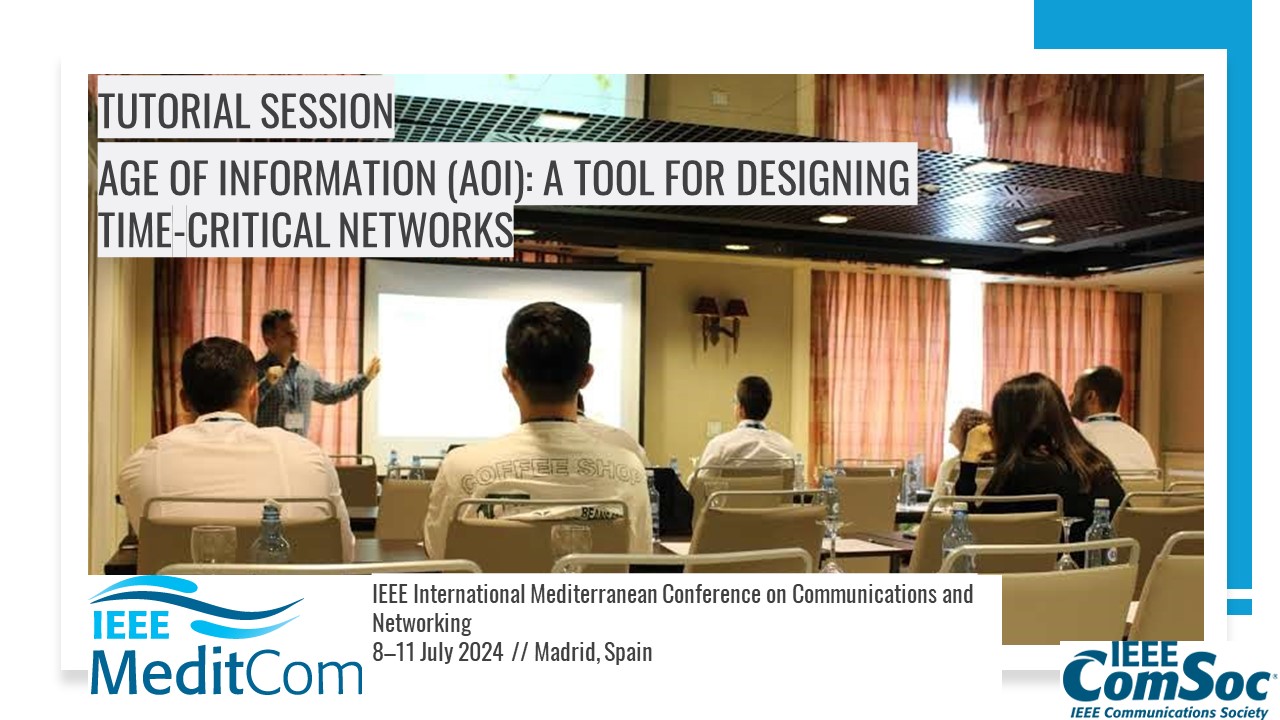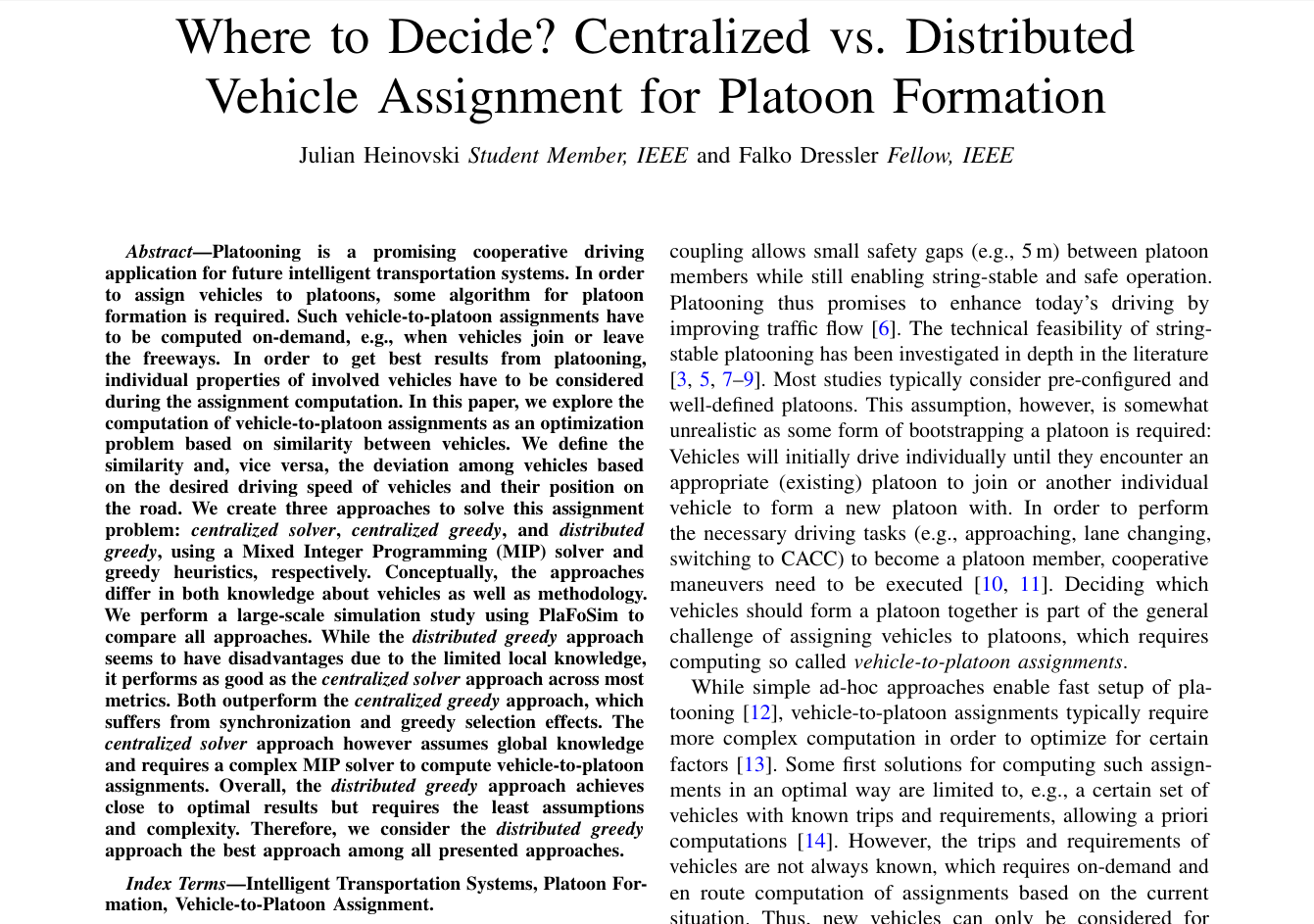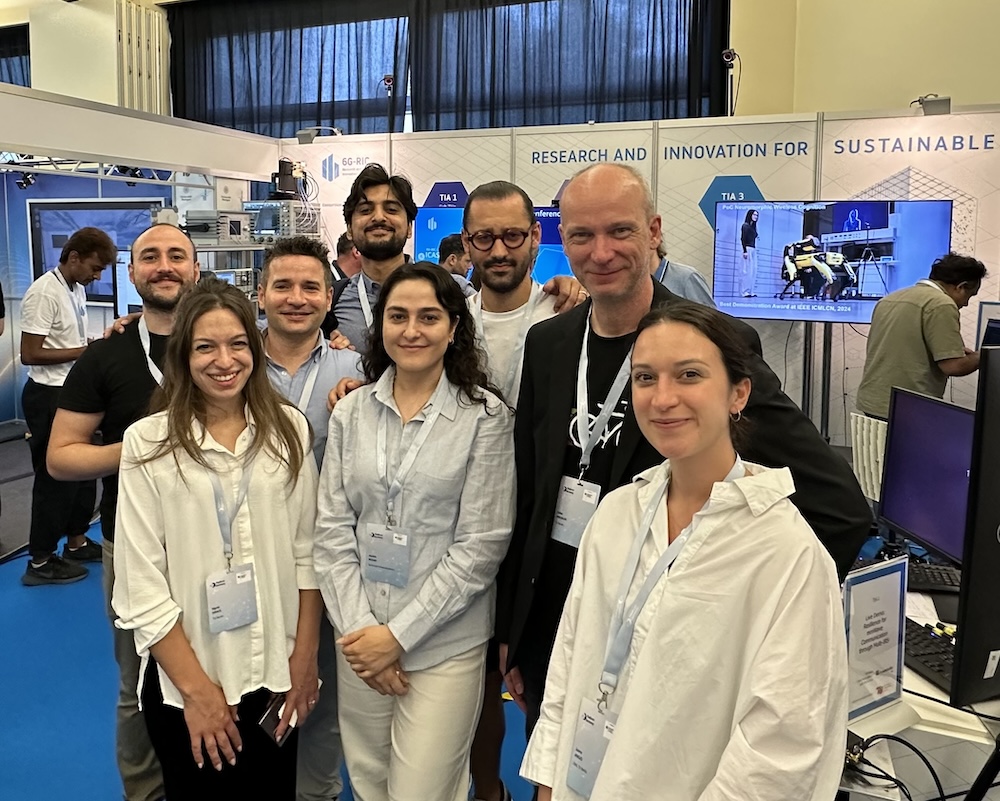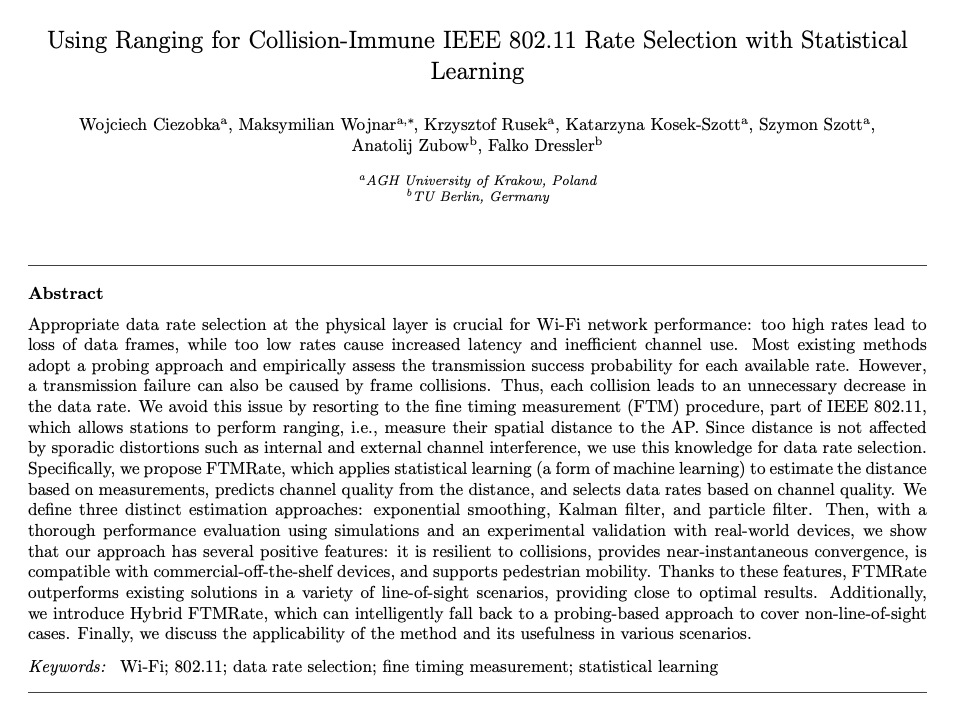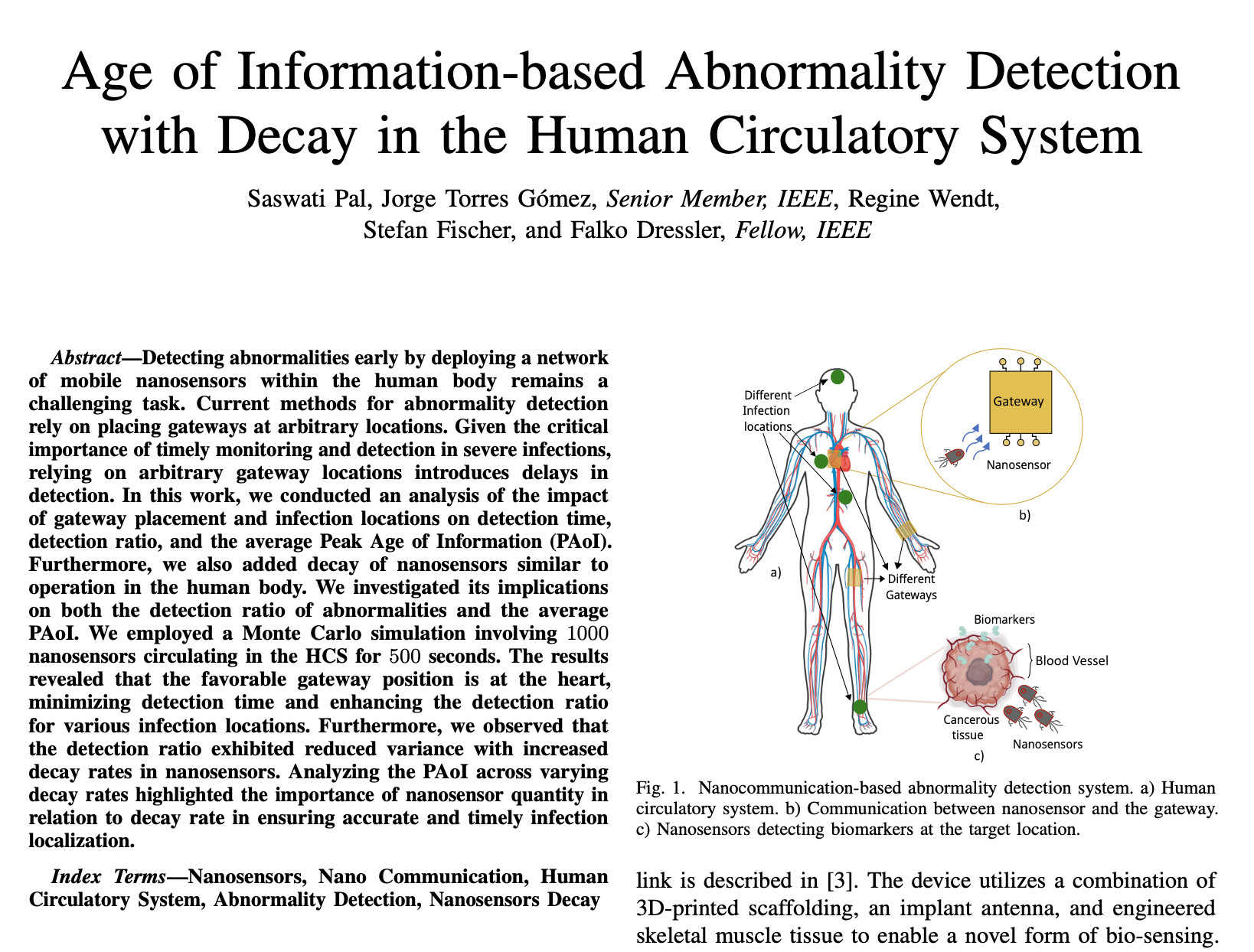Literature Database Entry
polese2024empowering
Michele Polese, Mischa Dohler, Falko Dressler, Melike Erol-Kantarci, Rittwik Jana, Raymond Knopp and Tommaso Melodia, "Empowering the 6G Cellular Architecture with Open RAN," IEEE Journal on Selected Areas in Communications, vol. 42 (2), pp. 245–262, February 2024.
Abstract
Innovation and standardization in 5G have brought advancements to every facet of the cellular architecture. This ranges from the introduction of new frequency bands and signaling technologies for the radio access network (RAN), to a core network underpinned by micro-services and network function virtualization (NFV). However, like any emerging technology, the pace of real-world deployments does not instantly match the pace of innovation. To address this discrepancy, one of the key aspects under continuous development is the RAN with the aim of making it more open, adaptive, functional, and easy to manage. In this paper, we highlight the transformative potential of embracing novel cellular architectures by transitioning from conventional systems to the progressive principles of Open RAN. This promises to make 6G networks more agile, cost-effective, energy-efficient, and resilient. It opens up a plethora of novel use cases, ranging from ubiquitous support for autonomous devices to cost-effective expansions in regions previously underserved. The principles of Open RAN encompass: (i) a disaggregated architecture with modular and standardized interfaces; (ii) cloudification, programmability and orchestration; and (iii) AI-enabled data-centric closed-loop control and automation. We first discuss the transformative role Open RAN principles have played in the 5G era. Then, we adopt a system-level approach and describe how these Open RAN principles will support 6G RAN and architecture innovation. We qualitatively discuss potential performance gains that Open RAN principles yield for specific 6G use cases. For each principle, we outline the steps that research, development and standardization communities ought to take to make Open RAN principles central to next-generation cellular network designs.
Quick access
Original Version ![]() (at publishers web site)
(at publishers web site)
Authors' Version ![]() (PDF on this web site)
(PDF on this web site)
BibTeX ![]()
Contact
Michele Polese
Mischa Dohler
Falko Dressler
Melike Erol-Kantarci
Rittwik Jana
Raymond Knopp
Tommaso Melodia
BibTeX reference
@article{polese2024empowering,
author = {Polese, Michele and Dohler, Mischa and Dressler, Falko and Erol-Kantarci, Melike and Jana, Rittwik and Knopp, Raymond and Melodia, Tommaso},
doi = {10.1109/JSAC.2023.3334610},
title = {{Empowering the 6G Cellular Architecture with Open RAN}},
pages = {245--262},
journal = {IEEE Journal on Selected Areas in Communications},
issn = {0733-8716},
publisher = {IEEE},
month = {2},
number = {2},
volume = {42},
year = {2024},
}
Copyright notice
Links to final or draft versions of papers are presented here to ensure timely dissemination of scholarly and technical work. Copyright and all rights therein are retained by authors or by other copyright holders. All persons copying this information are expected to adhere to the terms and constraints invoked by each author's copyright. In most cases, these works may not be reposted or distributed for commercial purposes without the explicit permission of the copyright holder.
The following applies to all papers listed above that have IEEE copyrights: Personal use of this material is permitted. However, permission to reprint/republish this material for advertising or promotional purposes or for creating new collective works for resale or redistribution to servers or lists, or to reuse any copyrighted component of this work in other works must be obtained from the IEEE.
The following applies to all papers listed above that are in submission to IEEE conference/workshop proceedings or journals: This work has been submitted to the IEEE for possible publication. Copyright may be transferred without notice, after which this version may no longer be accessible.
The following applies to all papers listed above that have ACM copyrights: ACM COPYRIGHT NOTICE. Permission to make digital or hard copies of part or all of this work for personal or classroom use is granted without fee provided that copies are not made or distributed for profit or commercial advantage and that copies bear this notice and the full citation on the first page. Copyrights for components of this work owned by others than ACM must be honored. Abstracting with credit is permitted. To copy otherwise, to republish, to post on servers, or to redistribute to lists, requires prior specific permission and/or a fee. Request permissions from Publications Dept., ACM, Inc., fax +1 (212) 869-0481, or permissions@acm.org.
The following applies to all SpringerLink papers listed above that have Springer Science+Business Media copyrights: The original publication is available at www.springerlink.com.
This page was automatically generated using BibDB and bib2web.

